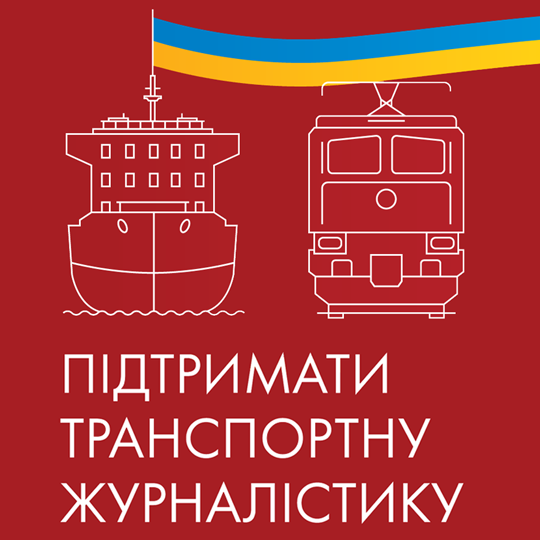The Russian Ministry of Industry and Trade has drafted a strategy for development of the Russian transport engineering industry until the year 2030, the Kommersant publication writes. According to the document, the industry has two paths to development: the first path is to close plants or sell them to foreigners to reduce the share of Russian companies on the market to 50% and the second path is to continue production with state support.
The draft strategy offers two development scenarios - the inertial and the moderately optimistic (with state support) scenarios. The first scenario is considered more realistic. Under this scenario, either many private companies will go bankrupt or Western or Chinese manufacturers will buy them because their capacity underutilization is low. In this case, production will most likely be transferred to regions where the investment climate is more favorable, particularly Southeast Asia, while SKD manufacturing will remain in Russia. As a result, the share of Russian companies on the domestic market will fall more than 1.5-fold to 50% by 2030 and their share of the market of components will fall two-fold to 20%.
In contrast, Russian companies will strengthen their positions under the second scenario: their market share will increase to 92% by 2030 and their share of components to 85%. However, this is possible only with state support, the volume of which the Ministry of Industry and Trade did not specify.
According to data provided by the ministry, there are currently 500 companies in the sector, but most of them are underutilized. For example, the capacity for production of subway cars is utilized by 58.4% (607 in 2013), locomotives by 57.7% (807), freight cars by 46% (57,700), and electric trains by 34.7% (650). The situation involving demand is even worse: production of trams reduced from 207 in 2007 to 121 in 2013.
At the same time, the Russian Ministry of Industry and Trade admits that the fleets in almost all transport sectors are worn out, and this can help increase the capacity utilization of enterprises. However, the ministry estimates the total demand for freight cars in 2015 at between 890,000 and 950,000 (currently more than 1.2 million). The volumes of purchase of locomotives are estimated at between 605 and 689 in 2015 and between 694 and 784 in 2030 while the volumes of purchase of passenger cars are estimated at between 455 and 515 in 2015 and between 312 and 1,100 in 2030. However, almost all the market participants polled by Kommersant considered these calculations overstated.




